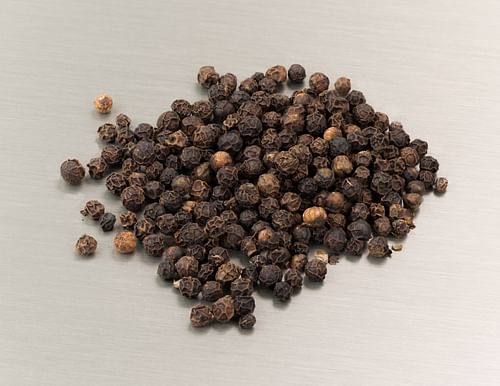
Since antiquity, Pepper has always been the most important spice in the world. It played a central role in the medicines of ancient India and China, became a critical component of Roman food, and remained central in the cuisine of medieval Europe. Dreams of its acquisition drove Vasco da Gama (c. 1469-1524) around the Cape of Africa to the Indian Ocean and Christopher Columbus (1451-1506) across the Atlantic Ocean to the New World.
Pepper in Ancient India & China
Pepper cultivation began thousands of years ago in India, where it was native, and it was soon introduced to the major islands of Indonesia by traders. Two species of pepper were domesticated: long pepper (Piper longum) in the northeast of India and black pepper (Piper nigrum) in the southwest. Long pepper was the most popular pepper in Rome because of its greater pungency, while black pepper dominated in medieval Europe because it was more readily available to traders. Long pepper is now mostly forgotten.
There are numerous records of pepper's medical use in India that date back at least 3000 years. Pepper was a key component in the ancient Ayurvedic system of medicine. It also found its way to China in antiquity. There is written evidence that it was being traded overland from India to Sichuan Province by the 2nd century BCE. Pepper is also mentioned in histories of the Han Dynasty (202 BCE - 220 CE) published in the 5th century CE and in a Tang Dynasty account four centuries later. Pepper was probably brought to China from India initially for medicinal purposes, but it did not take long for it to become an important spice in food.
Pepper was also important in Egypt by the time of the New Kingdom (c. 1570 - c. 1069 BCE), as it was found stuffed in the nostrils of the mummy of Ramesses II who died in 1213 BCE. Little else is known about how the Egyptians used pepper or the full details of how it got there, but it is known that there was active trade between India and Arabia by that time, and the Egyptians were sending ships down the Nile to what they called the Land of Punt to obtain exotic goods like frankincense, myrrh, and cinnamon.
Pepper in the Roman Empire
Pepper - both long and black - was known in Greece by the 4th century BCE, probably as a luxury item that only the very rich could afford. They were likely used in medicines and to flavor wine. Pepper's popularity in Europe rose dramatically in 30 BCE after Rome’s conquest of Egypt, and its use spread rapidly to Roman Gaul (mostly modern-day France and Germany) and Roman Britain. Pepper became an essential ingredient in food in the Roman world. The wealthy used it liberally in almost everything eaten. In the cookbook attributed to the famous Roman gourmet Apicius, pepper is included in over 70% of the recipes (349 out of 469).
Roman cuisine was infused with exotic flavors, including ginger from China and pepper from India … Indian pepper was particularly popular, and extremely expensive. It was used in fish and meat sauces, in medicines and in stimulating tonics which were believed to cure impotence. Romans also mixed pepper and other aromatics into their wine: ingredients such as frankincense, myrrh, cinnamon, ginger and cardamom were added, and the wine was heated over a slow fire. (Singer, 16)
The Romans began making regular trips across the Arabian Sea to southern India’s Malabar Coast by the 1st millennium CE. Quite specific details of these trips were passed down in the Periplus of the Erythraean Sea written between 45 and 55 CE by an unknown Greek-speaking sailor. The bulk of the pepper was picked up at the city of Muziris along the western coast of India, in huge ships with capacities of over 400 tons.
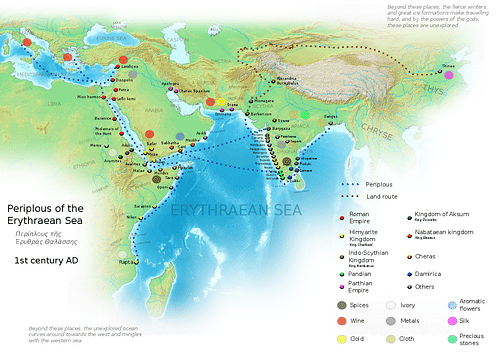
The Greek geographer Strabo (16.4) reported that the Roman Empire sent 120 ships on an annual one-year trip to India and back, riding the monsoon winds. On their return, the ships traveled up the Red Sea to Berenice, where the cargo was unloaded and carried across the desert to the Nile, then floated by barge to Alexandria in Roman Egypt and shipped to Europe where it was unloaded and stored in great horrea piperateria (pepper warehouses) in a dedicated spice quarter of Rome. This massive movement of pepper to Rome continued until the fall of the Western Roman Empire in the 5th century CE. The story goes that Alaric the Visigoth asked Rome for a ransom of more than a ton of pepper when he besieged the city in 410 CE.
The cost of the Roman pepper trade must have been staggering. The Roman encyclopedist Pliny complained in the 1st century CE that "there is no year in which India does not drain the Roman Empire of fifty million sesterces [over 100 million in today’s US dollars]". He described the allure and value of pepper as: "Why do we like it so much? Some foods attract by sweetness, some by their appearance, but neither the pod nor the berry of pepper has anything to be said for it. We only want it for its bite – and we will go to India to get it. Who was the first to try it with food? Who was so anxious to develop an appetite that hunger would not do the trick? Pepper and ginger both grow wild in their native countries, and yet we value them in terms of gold and silver" (Pliny the Elder, Natural History, 12.14).
Pepper in the Middle Ages
Pepper's popularity in both cuisine and medicine reached its historical peak during the Middle Ages in Europe. Pepper and other spices were not only thought to be healthy but were also widely used to enrich the natural qualities of food. Food in medieval households was highly processed and richly spiced. Uncooked food was rarely eaten, even vegetables and fruit. The spices were used to season all types of food including meat, fish, soups, sweet dishes, and wine. It was also common in medieval banquets to pass around a ‘spice platter’ from which guests could choose extra seasonings like pepper for their already richly accented meals.
The noted expert on medieval gastronomy Paul Freedman tells us that "spices were omnipresent in medieval gastronomy" and "something on the order of 75% of medieval recipes involve spices" (50). In the updated edition of Pleyn Delit: Medieval Cookery for Modern Cooks, the authors provide 131 medieval recipes of which 92 include pepper and other spices.
Historical records are filled with references to the copious use of spices among the wealthy in medieval Europe. When William I of Scotland (r. 1165-1214) visited Richard I of England (r. 1189-1199) in 1194, he received among other gifts a daily allotment of 4 pounds (1800 g) of cinnamon and 2 pounds (900 g) of pepper (surely more than he could consume in a day). Lamprey, a popular food in an English medieval castle, was slathered in a peppery sauce. It has been told that King Henry I of England (r. 1100-1135) died after consuming a huge meal of pepper-smothered lamprey (although food poisoning was probably the culprit). A sauce served at the Feast of St Edward in 1264 was prepared using 15 pounds (c. 7 kg) of cinnamon, 12½ pounds of cumin (5.5 kg), and 20 pounds (9 kg) of pepper. There is a record from a single banquet for 40 in medieval England where the food was spiced with 1 pound (450 g) of columbine, ½ pound (225 g) of sugar, 1 ounce (7 g) of saffron, ¼ pound (110 g) of cloves, ⅛ pound (55 g) of nutmeg, and ⅛ pound (55 g) of pepper.
Scholars have long debated why spices became so popular in medieval cuisine. It is commonly asserted that they were used to preserve meat or mask the flavor of decomposing produce, but their effects would be far less than the common practices of salting, smoking, or pickling. Some have asserted that the copious use of spice in food preparation was fueled by Galen’s (129-216 CE) medical theories promoting their effects on health. However, there is no reason to believe that medieval diners stuck to healthy diets any more than people today. Most likely, the exotic origins of spices and their costliness made them a status symbol which fueled their widespread use.
Pepper also was a vital part of the Chinese diet in the Middle Ages. When Marco Polo (1254-1324) travelled there in 1271, he found pepper to be a major component of Chinese cooking, and trade in pepper had become a major economic force. He was told by a customs official that just the city of Hangzhou consumed 43 cartloads a day, each weighing 223 pounds (101 kilograms). Staggering quantities of pepper were being transported by Chinese junks from Java and Sumatra, as many as 5000 to 6000 baskets in each. By the Sung Dynasty (1271-1367), it was standard for South Asian diplomats to bring tributes of pepper to the Chinese rulers.
Pepper Loses Favor
The pepper and spice market remained strong in Europe until the mid-17th century when it fell precipitously due to many causes. As Freedman describes:
A whole new group of beverages, stimulants and flavors had arrived including tea, coffee, chocolate and tobacco that offered new taste sensations but also produced psychological effects that proved to be mildly, or in the case of tobacco, quite seriously addictive … Spices had become cheaper with colonialism and the opening of new trade routes, so their consumption no longer conveyed an adequate sense of privilege and exclusivity. (221)
The origins of the spices were also now well known, and they did not seem so mysterious and exotic anymore. Perhaps most importantly, there "was a seismic shift in tastes. The wealthy people of Europe no longer liked fiery and perfumed food" (Freedman, 224).
The reduction in spice use in Europe led to a dramatic change in what was exported from India and Southeast Asia to Europe. The spices were replaced first by cotton in the late 1600s, and then by tea and coffee in the 1700s. A large portion of Dutch and English trade also shifted to the Atlantic Ocean and its sugar, tobacco, and slaves.
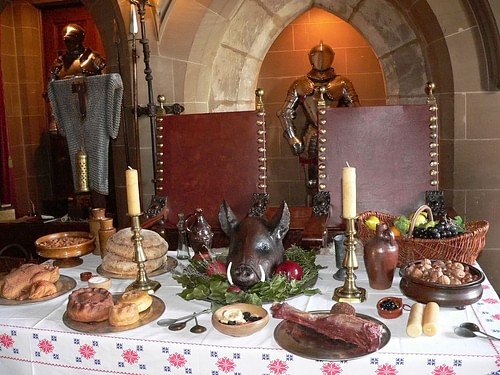
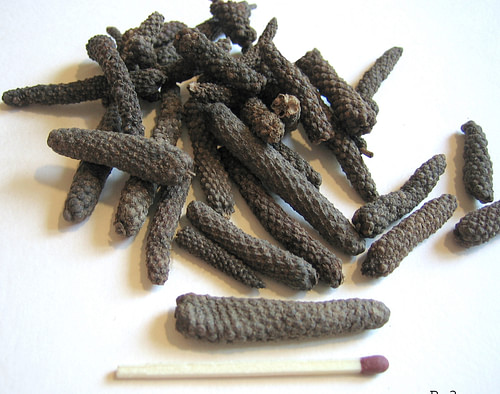

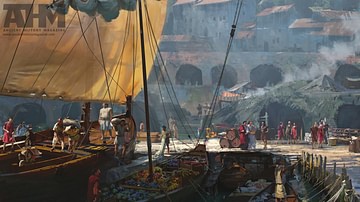
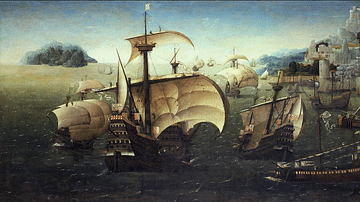

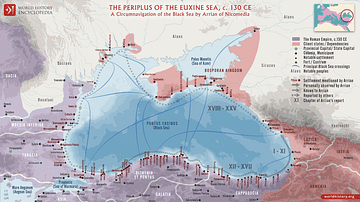
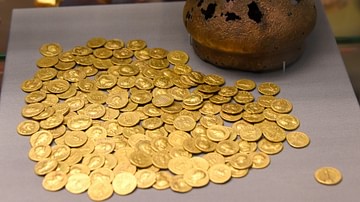
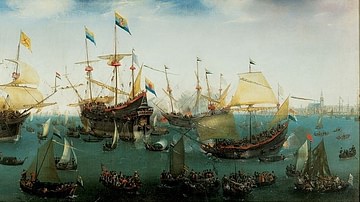

![Peppers of the Americas: The Remarkable Capsicums That Forever Changed Flavor [A Cookbook]](https://m.media-amazon.com/images/I/51cAKEWFyJL._SL160_.jpg)


